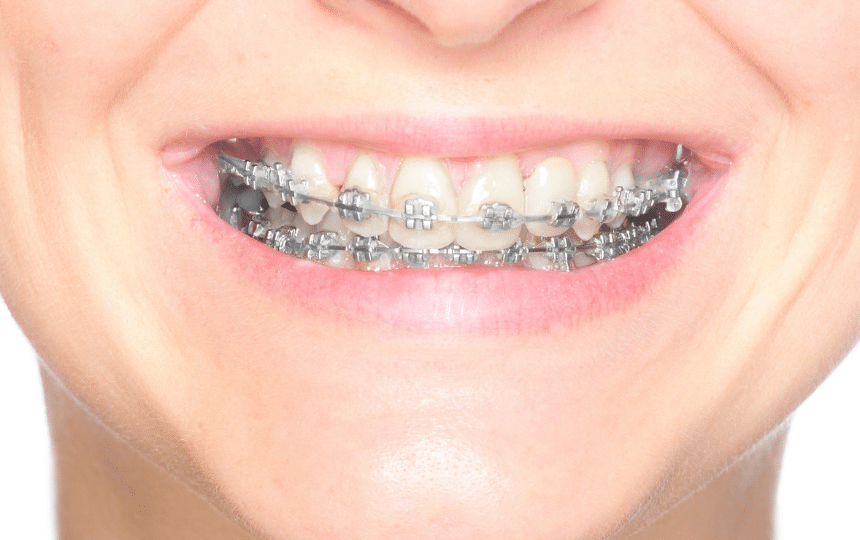How to Use Dental Wax
If you’ve just recently started wearing braces, our orthodontic team at Dunegan & Cole Orthodontics understands that there is a lot to learn and a lot to get used to; the best part is that you do not need to keep suffering through the pain. Dental wax for braces provides instant relief to your painful braces problems. Here’s what you should know about it.
What is Dental Wax?
Dental wax is pretty much what it sounds like! It’s a braces wax used to cover a portion of your brackets or wires that might create painful areas in your mouth. After getting or adjusting your braces, your lips and cheeks may become sensitive to these new, foreign objects in your mouth. Until they “toughen up,” the friction between your braces and the inside parts of your mouth may cause irritation and even pain. Dental wax will help protect the inside of your mouth in areas that may become irritated. It is made of natural wax, beeswax, carnauba wax, microcrystalline, or paraffin wax, making it completely natural and safe. Mostly, the wax is unflavored, but there are added flavors such as mint, cherry, and bubblegum which you can purchase in small packets that you can keep in your pocket or backpack close at hand.
When to Use Dental Wax:
- If a section of your brace starts to rub the inside of your mouth, cheeks, or lips, apply some dental wax before it becomes painful.
- If a bracket or wire comes loose, you can use a piece of dental wax to secure it in place until it can be fixed.
- Our invisalign patients at Dunegan & Cole Orthodontics don’t usually have any issues with their aligners. Occasionally, though, the edge of an aligner can feel slightly rough. If this happens, you can apply a small piece of dental wax along the edge of the aligner.
- Orthodontic wax can even save the day after your braces come off. If your fixed retainer breaks, you can use dental wax to cover any sharp areas temporarily.
How to Apply Dental Wax:
- Wash your hands and brush your teeth.
- Pinch off a small piece of wax roughly the size of a pea.
- Soften it between your fingers and roll it into a ball.
- Dry off your braces with something like a tissue. The drier the area, the longer the wax will stick.
- Gently push it over the bothersome area of your braces.
- Ta-dah! Instant relief.
How to Remove Dental Wax:
Orthodontic wax will come off over time, but you can also remove it with your fingers, a toothbrush, or with a toothpick. If it gets stuck or is particularly difficult to dislodge from your braces, try using floss to remove it.
Quick Tips:
- Reapply the wax regularly. Keep some wax on you when you are out and about.
- Don’t use the same wax for more than two days. It can trap plaque against your teeth and bacteria within the wax.
- Remove any wax before eating, drinking, and cleaning your teeth.
- Don’t use too much ortho wax at once because it can impede chewing, disrupt speech, or come off more easily.
- You can leave the wax on overnight. It’s not a problem if you accidentally swallow some.
- Don’t reuse dental wax that you have already used in your mouth. This may result in bacteria buildup.
Contact your orthodontist if the pain persists.
Dental wax is meant to help with minor irritation. If your irritation or pain gets worse, or if it persists beyond a few days, you should give your orthodontist a call. Remember that dental wax is not meant to relieve pain but to prevent it. If you ever feel like you have an orthodontic emergency or have questions about your oral care, call your orthodontist right away.
Where to Get Dental Wax:
You can get dental wax at any pharmacy, online, or through your orthodontic team; it usually costs $2.00 to $5.00.
Want to Learn More About Dental Wax, Braces, or Invisalign?
Contact us at Dunegan & Cole Orthodontics! You can give us a call at 703.753.4996 or request a complimentary consultation online to learn how we can help you achieve your ideal smile!




